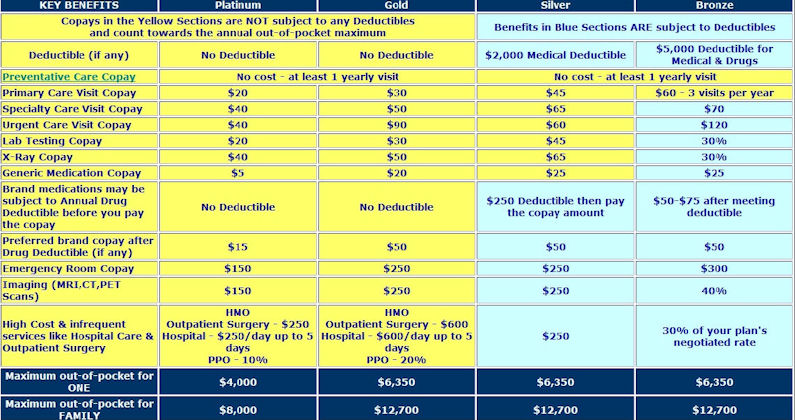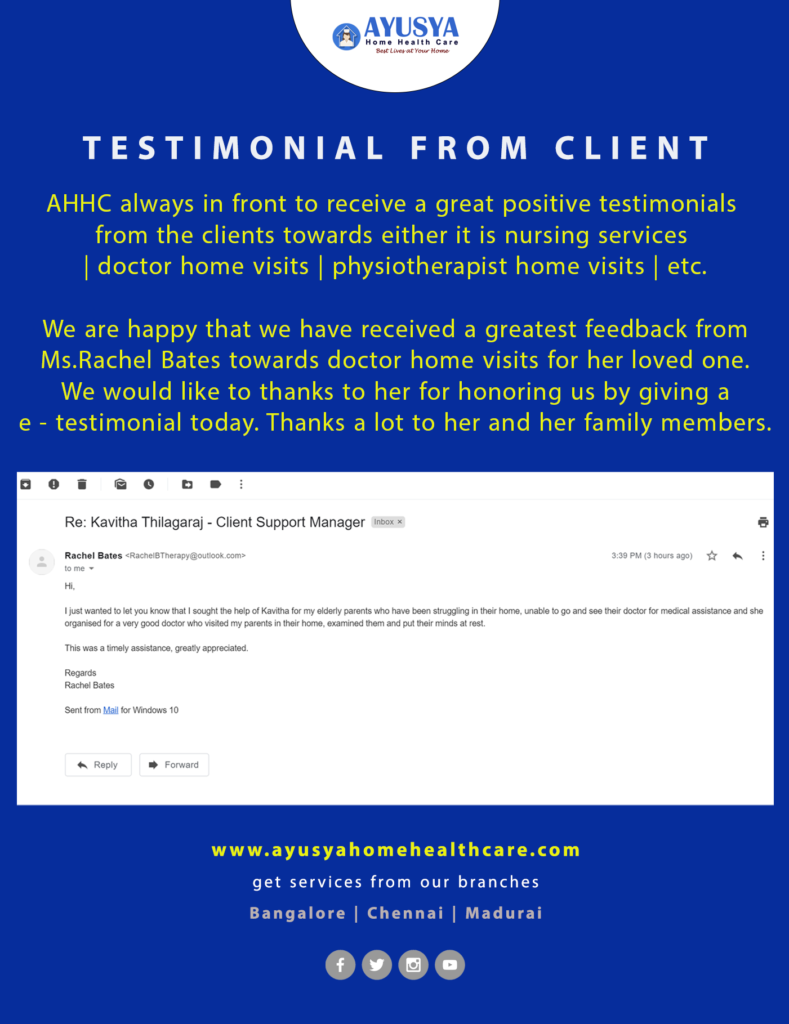Prior authorization is the process of obtaining approval from your health insurance company for a service or medication. Without a prior authorization, the service or medication is not covered. Your physician is responsible for obtaining a prior authorization when required.
In addition to medical services, certain medications are subject to pre-approval to be eligible for coverage under your pharmacy benefit. We review medical information provided by physicians to determine if clinical guidelines have been met and that the medication is being used appropriately. In addition to those drugs noted on the drug list as requiring prior authorization, most injectable products are subject to prior authorization. If you have questions about the services rendered, you should contact the health care provider.
If you have questions, please contact Member Service at the number on the front of your ID card. This is usually the amount of your co-payment, or "co-pay." A co-pay is a set amount you pay for a certain type of care or medicine. If you see several dollar amounts, they might be for different types of care, such as office visits, specialty care, urgent care, and emergency room care. If you see 2 different amounts, you might have different co-pays for doctors in your insurance company's network and outside the network. Because of its large network of providers, giving you many choices for where you get medical services. Anthem has a variety of health insurance plans available including options for individuals, families, Medicare, Medicaid and group insurance.
Yes, a benefit year deductible applies for most medical services accessed outside the student health center . Visit theMy Coverage pageto check your plan's annual deductible. This deductible does not apply to services with fees at an SHC, to emergency or urgent care clinic visits for students, or to pharmacy claims. For some UC SHIP campuses, the benefit year deductible does not apply to UC Family services. If you need a service not offered at the SHC, your clinician will refer you to an off-campus health care provider. The SHC will provide you with a referral to see the off-campus provider.
This is not a guarantee of payment, and your deductible, copay and coinsurance will apply. Your SHC clinician may suggest a specific provider, or you can choose a provider. However, we strongly recommend that UC SHIP members see providers who belong to the Anthem Blue Cross Prudent Buyer PPO network, including UC Family providers. Doing so ensures UC SHIP members will pay the lowest out-of-pocket costs. If you do not see your coverage amounts and co-pays on your health insurance card, call your insurance company .
Ask what your coverage amounts and co-pays are, and find out if you have different amounts and co-pays for different doctors and other health care providers. An Exclusive Provider Organization is designed for integration of a healthcare plan, health providers and an insurance company. An EPO plan manages cost by improving quality and health of members by using select providers . An EPO plan promotes quality through transparency initiatives and policies that promote member health and manage the care members receive. An EPO plan often covers services in-network with network providers and has $0 benefits for out-of-network.
If you're an HMO member, you will need to receive services from an in-network HMO provider. However, you will be able to receive emergency or urgent care services no matter where you are. For details about your coverage, please review your Blue KC certificate, which outlines the benefits and exclusions related to your health insurance plan.
You can view your certificate by logging in and accessing the Plan Benefit section. Each UC SHIP campus has its own out-of-pocket limits , depending on where you access care. Medical and pharmacy copayments, as well as coinsurance and the deductible, apply toward the out-of-pocket maximum. You will pay a lower out-of-pocket maximum if you receive care from the SHC and network providers. You will pay a higher out-of-pocket maximum if you visit out-of-network providers. This plan combines traditional medical coverage with a Health Savings Account .
However, you can pay for that deductible using the tax-free funds in your HSA. Once the deductible has been met, most in-network services are covered with a 20% coinsurance. When you receive a bill from your doctor, it is often for your copayment, co-insurance, or deductible. These are features of health plans, and basically have the member share in some of the cost of their health care.
For example, some health plans require that the member pay $10 for an office visit and the rest is covered by the plan. When you compare health insurance plans online, you can find information about premiums, benefit options, and local providers. This information will help you make a good decision about choosing BCBS vs Anthem for yourself, your family, or your small business. Prior authorization means that certain services or medications have to be pre-approved by Highmark BCBSWNY before you can receive them. We review medical information provided by your doctor, specialist, or provider to determine if these services or medications are deemed to be medically necessary based on certain clinical guidelines. You can find out what services may require pre-authorization by calling the member service number on the back of your member card.
Prescription drugs which require prior authorization are noted on our Medication Guide as such, and most injectable products require prior authorization. The BlueCard Program processes your claims using the payment agreement the physician has with his or her local plan. The local plan pays the doctor directly for the services you received. You will still be able to access your online account to view claims and explanation of benefits information after your coverage has been cancelled.
In time, your account will be archived and claims information will no longer be accessible online. You can contact member services to review past claim and provider information, obtain copies of EOBs, or request a claims history report. EPO -- stands for Exclusive Provider Organization -- is similar to an in that it is a healthcare plan that covers eligible services from providers and facilities inside a network. Generally, an EPO does not pay for any services from out-of-network providers and facilities except in emergency or urgent care situations, which is similar to an HMO.
Unlike an HMO, EPO participants are not usually required to have a primary care physician or referrals. You can continue to use the funds in your account tax-free for out-of-pocket health expenses. If you enroll in Medicare, you can use your account to pay Medicare premiums, deductibles, copayments and coinsurance under any part of Medicare. If you have retiree health benefits through your former employer, you can also use your account to pay for your share of retiree medical insurance premiums. The one expense you cannot use your account for is to purchase a Medicare supplement insurance or "Medigap" policy. To enroll in a high-deductible health plan, complete the Blue KC application process.
The Blue-Saver® PPO health insurance plan is a high-deductible health plan that allows you to establish an HSA as part of your health benefits. When you enroll in the Blue Saver plan, you may be offered the opportunity to establish a HSA with one of our preferred banks. You will be presented with appropriate banking authorizations and disclosures necessary for Blue KC to work with the bank that will establish your HSA. Please note all financial institutions offering HSA products must comply with the USA Patriot Act, requiring your HSA bank to collect and verify information about you when processing your HSA application. Once your HSA has been established, you will be mailed a welcome kit and HSA debit card from the bank. Beginning in 2013, Anthem Blue Cross became the behavioral health provider for Anthem HMO and PPO plans.
If you are enrolled in one of these Anthem plans, you do not need a referral from your primary care physician in order to receive mental health services. Visit Anthem's website at /ca for a list of behavioral health providers. If you are already seeing a specialist for your condition, make sure your doctor is in your plan's network.
If the doctor is not in your plan's network, you will pay more in most cases. Also make sure your specialist uses providers and facilities in your plan's network when sending you for other services or hospitalization. If you have any questions, call us at the customer service number listed on your member ID card. If you are looking for a doctor for your chronic condition, you can use theProvider Finder tool.
Click on "Network Type" at the top and select the name of your HMO plan to see a list of doctors and hospitals in your plan's network. For non-emergencies, some HMO plans allow you to get health care services from a Blue Cross and Blue Shield-affiliated doctor or hospital when you are traveling outside of Illinois. If you aren't sure, contact customer service at the number listed on your member ID card before you go. And always remember to carry your current BCBSIL member ID card. It contains helpful information for accessing health care at home or away.
HMO - A Health Maintenance Organization plan provides health care from specific doctors and hospitals under contract with the plan. You pay co-payments for some services, but you have no deductible, no claim forms, and a geographically restricted service area. Vision Wear coverage is provided through Anthem Blue View Vision. Coverage is included in your enrollment in the medical plan, but vision services have their own schedule of benefits and network providers separate from medical benefits. After the funds in your PCA have been used, you will be responsible for a certain amount of your healthcare costs until your deductible amount has been met.
You do have the benefit of the negotiated prices for healthcare from network providers, but you will pay for all of the healthcare until your individual or family deductible is met. A Health Savings Account allows members enrolled in a qualified high-deductible health plan to contribute funds on a tax-free basis into the member's account. These funds are used for payment of qualified medical expenses as defined by the IRS. Unused funds in an HSA roll over in the member's account at the end of each calendar year. Each payment you make for covered healthcare services you've received from your providers such as a physical exam counts toward your deductible. Once Blue KC processes the claims we receive from your providers showing the payments that you have made for covered healthcare services, we apply those payments toward your deductible.
If possible, try to see the same doctor or nurse practitioner for each visit. Knowing your clinician makes visits more comfortable and helps ensure the best outcome each time. The "coverage amount" tells you how much of your treatment costs the insurance company will pay. This information might be on the front of your insurance card. It is usually listed by percent, such as 10 percent, 25 percent, or 50 percent.
For example, if you see 4 different percent amounts, they could be for office visits, specialty care, urgent care, and emergency room care. Because your PCP coordinates your care, you should always let our group know whenever you seek treatment of any kind. For further details about the specific cases that don't require a referral, please call Member Service at the number on the front of your ID card. Your first premium payment activates your coverage, so you can start using your health plan within 1–2 days of making your payment, depending on how you pay. After you've made your first payment and your coverage is activated, you can have health care expenses during that coverage gap applied to your deductible, or even get paid back for some services. In this case, the coverage gap would be the time between your requested effective date and the date you make your first payment.
Visit your health plan's website to learn how benefits, claims, and payment of claims are covered, as well as the service limitations and exclusions that may apply. You can also log in to myCalPERS to use the Search Health Plans tool to research the health plan coverage and benefits most important to you and your family. The health care network specified by your Anthem insurance policy will determine whether you have access to in-network providers in other states. When submitting an out-of-state claim, you must contact Anthem's customer service department because the process may be different. The out-of-pocket maximum is the most you will have to pay during a policy period for health care services. Once you have reached your out-of-pocket maximum, the plan begins to pay 100% of the allowed amount for covered services.
Your PersonalBlue health insurance plan includes a prescription drug coverage plan with set copayments for both generic and brand name prescription drugs. The PCA portion of your plan cannot be used to reimburse you for these copayments. Once funds are deposited into your HSA, those funds can be used to pay for qualified medical expenses tax-free, even if you no longer have high-deductible health plan coverage. The funds in your account automatically roll over each year and remain in the account indefinitely until used. Once you discontinue coverage under a high-deductible health plan and/or get coverage under another health plan that disqualifies you from an HSA, you can no longer make contributions to your HSA. However, since you own the HSA, you can continue to use it for future qualified medical expenses.
A qualified health-deductible health plan is a health plan with an annual deductible for an individual or a family that meet the minimum deductible amount published annually by the U.S. The annual out-of-pocket expenses required by the high-deductible health plan also does not exceed the out-of-pocket maximums published by the U.S. Out-of-pocket expenses include deductibles, copayments and other amounts the member must pay for, but do not include premiums or amounts incurred for non-covered benefits.
Allowable charges are the maximum amount payable to you under your health insurance plan for a particular service. Contracted providers have agreed to accept this amount as payment in full. For example, if the provider charges $100 for a service and Blue KC pays $80 as the allowable charge, the provider cannot ask the member to pay the remaining $20.
Keep in mind, however, that some health insurance plans have coinsurance. In those cases, members are required to pay a percentage of the allowable charge. For specific details about your plan, review your Blue KC certificate, which outlines your payment responsibility. To change a PCP, log in and visit you Profile by clicking on the icon by your name in the top right corner of your homepage. In the Coverage Information section you'll see a list of covered members for your Blue KC policy. From here select "Change PCP" for the appropriate member and you can search for and designate a new PCP.
Once we have processed your PCP change request, we will send you a new member ID card that contains the information of your newly selected PCP. You may also call the Customer Service number listed on your member ID card to change your PCP. Please note that if you have health insurance through your employer, you may be required to contact your group benefits administrator to change your PCP.
There are two times you can make a change to your enrollment options. Your employer schedules an open enrollment period once a calendar year when all employees may make changes to their health insurance plan. You may also make a change during a special enrollment period if you acquire a new dependent or if your coverage is terminated under another health insurance plan. If you have health insurance through an employer, your group benefits administrator, typically someone in your Human Resources department, can help you make changes to your health insurance plan.
If you do not have health insurance through an employer and instead pay your monthly premiums directly to Blue KC, call the Customer Service number listed on your member ID card. Sometimes providers send statements to their patients before Blue KC has finished processing and paying the claim. If the provider you saw is out-of-network you will be responsible for paying the provider directly.
We will send you a payment for the amount that is covered by your plan. You can view your EOBs and details about your claims, including how much you owe, by logging in and visiting the Claims and Usage section. You might see a note on the bill that says "Insurance Pending." We will send you an Explanation of Benefits once we have processed your claim. If you are still unsure if you owe the provider, call their billing office. Please note, if your provider was not in the Blue KC HMO network, you will be responsible for paying all services and fees for seeing that provider. UC SHIP provides 100% coverage of allowed charges for emergency room services after a copayment, and 100% coverage of urgent care center allowed charges after a specified copayment.





























No comments:
Post a Comment
Note: Only a member of this blog may post a comment.